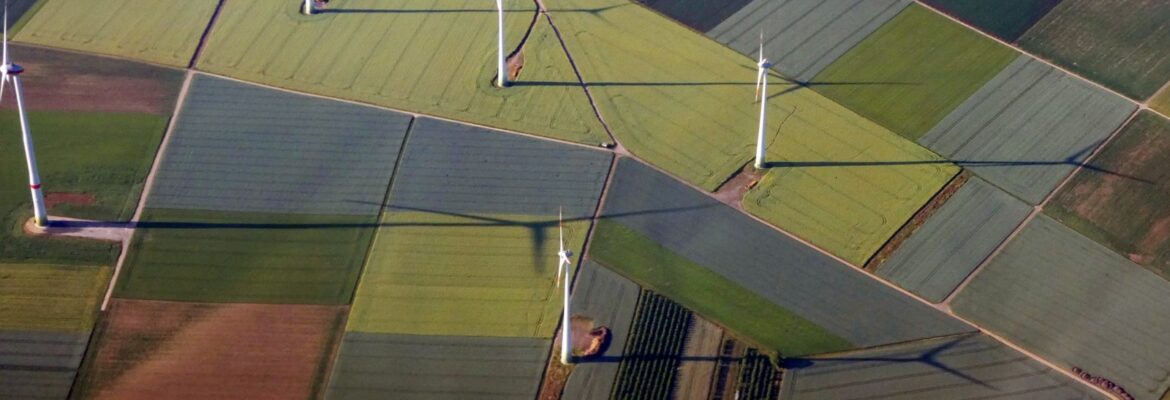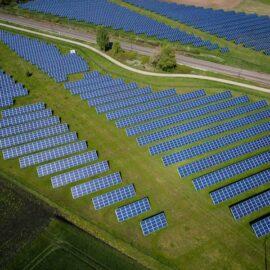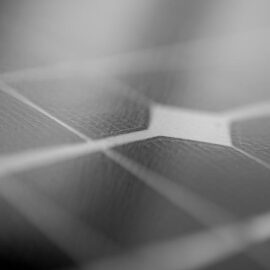Posted on Oct 10, 2021 by Hanna DuBuque
Wind energy is a form of solar energy.
Due to the uneven composition of the ground, the terrain, and the thickness of the atmospheric layer, the Sun heats the Earth’s surface with varying degrees of intensity. The surface heated by the Sun transmits heat to the air masses above it. Because air density depends on its temperature, zones with different atmospheric pressures are formed (because warm air is lighter and cold air is heavier). As the hot air rises vertically to the Earth’s surface, the cooler air moves along the Earth (horizontally) to fill the resulting void.
Thus, let’s define “Wind” as the process of pressure equalization by moving air masses from a high-pressure region to a low-pressure region, born due to the uneven heating of the Earth’s surface.
Wind energy – along with the energy of falling water – is one of the most readily available and used since ancient times a type of transformed energy of the Sun. People began using this type of energy centuries ago, when the first windmills appeared, which pumped water or threshed grain.The term “wind energy” can be defined as the energy by which the movement of air masses (wind) is converted into other types of energy.
Wind energy can be converted into:
- kinetic energy (the movement of sailing ships, the flight of a kite or balloon);
- mechanical energy (wind turbines for grinding flour or pumping water);
- electrical energy (wind turbines for generating electricity).




